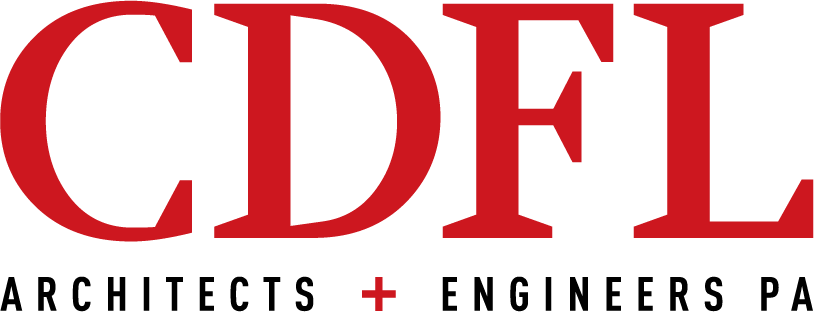NeoCon 2013
This post was written by CDFL’s Colby Dearman, attendee of NeoCon 2013.
As employers face new design challenges such as reductions in square foot allocation, a shift to using collaborative workspace, and the demand for a more efficient use of space, it is becoming increasingly difficult for employees to maintain personal boundaries.
This year at NeoCon in Chicago, many leading manufacturers presented efficient and collaborative solutions that allow workers the ability to define their personal space within the shrinking open office.
It has been clear for quite some time that the days of high workstation panels are gone, and a more open space environment is becoming the new norm of the workplace. A recent CoreNet survey shows that since 1975, the average allocation of workspace per person has diminished from 500 square foot per person to around 175, with projections of 100 square feet per person by the year 2017. This dramatic reduction has forced us to think differently in the way we design.
We all enjoy our personal space. In the same way we seek out a space in our homes that is truly our own, we look to carve out our own personal space within our offices. When the norm was tall walls surrounding each person, everyone had a sense of yours and mine; once you strip that away and layer in collaborative work modes, employees sense a loss of personal identity – “where will I put my framed photos of my children? Did anyone just see that Internet shopping break?!”
It was clear that furniture manufacturers took these trends into account when designing their NeoCon vignettes. To create a sense of boundaries, furniture manufacturers displayed highly flexible pieces that create personal space without sacrificing a collaborative office environment.
Functional pieces that can group together to form a “wall” such as storage, cubbies, files, or marker boards serve to define space and meet a needed component of the office.
Screens between individuals along workstations establish separation between employees but remain flexible for more future growth.
Shared dividers create space for impromptu work conversations, paper stacking, and shared document storage with space for files below.
Efficient and compact zones in between workstations create a neutral zone that still encourages interaction among employees.
All of these solutions can easily be incorporated into nearly any existing offices space to meet today’s needs while providing flexibility for the future.






